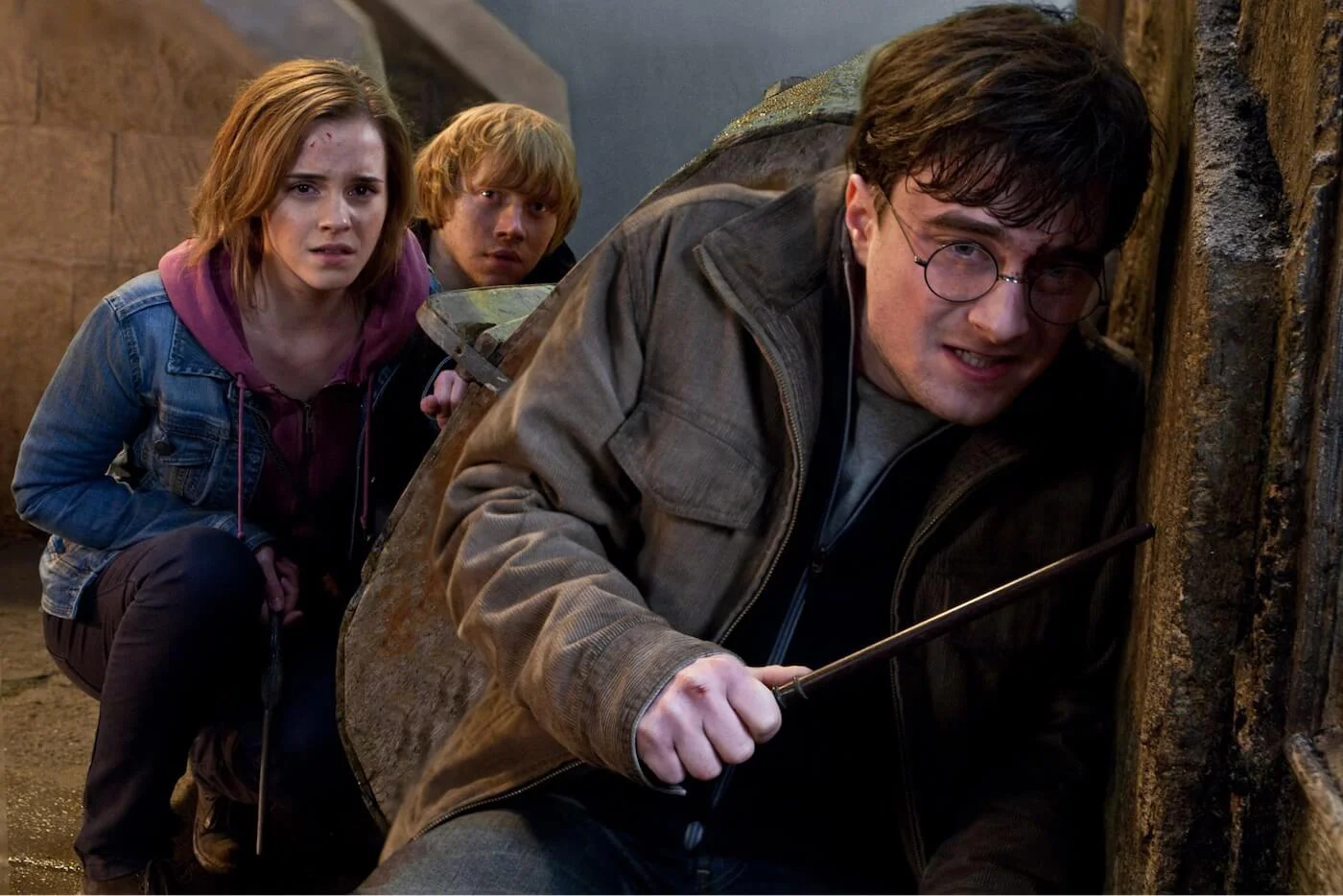Camera framing
The number
of subjects in your pictures, as well as their physical connection to one other
and the camera, is a crucial concern for filmmakers and videographers when
framing their shots. The art and science of putting subjects in your shots are known as camera shot framing. It's all about composition when it comes to
camera photos. You must compose an image rather than just aiming the camera at
the subject. You'll need to alter your camerawork depending on how you want to
arrange your subjects. You'll want to make a shot list with your framing
specifications before you get on site. That way, you'll have a clear picture of
the scenario and will be able to explain it effectively. That isn't to
suggest that things won't alter on the shoot day. However, having a shot list
on hand demonstrates that the director and cinematographer have done their
study and are well prepared.
Here is a
shortlist showcasing all the types of shot framing that you can download and
use as a reference the next time you sit down to shot list:
1.
Single Shot
A single shot is when your photograph only catches one
subject. Single shots can be set and framed in any shot size as long as just
one character is visible in the frame. So, why did I say featured instead of just in the frame? Because you may have an over-the-shoulder single, often
known as a "dirty single," which technically contains more than one
person in the frame but doesn't highlight the figure in the foreground.
Nov
2. Two Shot or 2-Shot
A two-shot is a camera shot in which there are two characters
in the frame. Two shots are frequently quite beneficial for allowing acts to be
completed in one take, which is especially handy for comedy.
3. Three Shot or 3-Shot
In a three-shot, three characters are featured. Three shots
are extremely necessary for adventure films, or basically any film with a group
of people because shooting three singles only to show each individual is
extremely time-consuming, not to mention jarring.
4. Over-The-Shoulder Shot (OTS)
The perspective of the shot is another aspect of camera shots
to consider. Your subject is seen from behind the shoulder of another character
in an over-the-shoulder view. It's frequent in dialogue situations since it
simulates perspective. Over-the-shoulder shots can aid with orientation and
emotional connection between characters. Here's how we broke down the Westworld
sequence and how the OTS shots work so well.
5. Over-The-Hip Shot (OTH)
An over-the-hip shot is equivalent to an over-the-shoulder
shot in that the camera is set with the focal topic in the plane of acceptable
focus and the character's hip in the foreground. An over-the-shoulder shot will
have the same impact as an OTS, but if one actor is standing and the other is
seated, kneeling, or in any other position that puts the subjects on
"uneven ground," it will frequently indicate a power imbalance. This
is when blocking and staging your actors and camera come in handy.
Here's an example of an over-the-shoulder view from Minority
Report, one of Steven Spielberg's greatest films:
6. Point of View Shot (POV)
Now
let's talk about picking camera angles that show one of your characters'
point-of-view (or POV). A POV shot is a camera shot that depicts the
character's point of view. POV shots may also elicit fear, as shown in one of
the finest horror films of all time, Halloween, but that's only the
start. The shot-reverse-shot is a method in which a point-of-view shot (POV)
is comprised of two other shots. A character looking at doing something via the
lens of a camera, Cut to your (point-of-view) perspective a photograph, The
character's reaction as seen via the lens of the camera. A point of view shot
gives us exactly what the character sees, and we learn what's causing the
character to respond the way he does.
RESSOURCES:
· Wikipedia, the free encyclopedia
· Video, TV & Film Production Management Software | StudioBinder







No comments:
Post a Comment